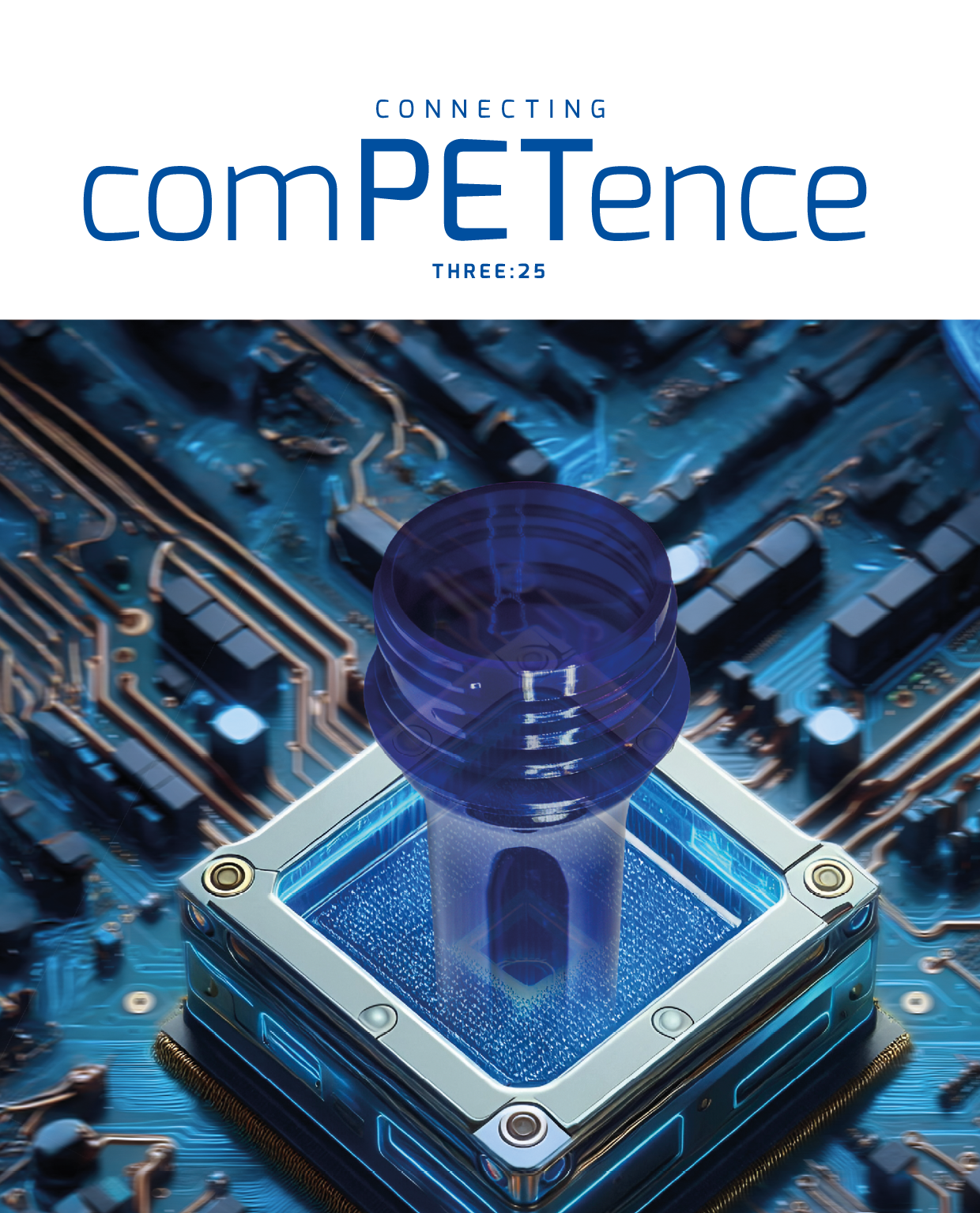PLA manufacturers have stated that PLA is compatible with the collection, sorting and recycling infrastructures currently in place in most countries of the European Union. Consequently the Petcore Technical Committee commissioned an independent evaluation1 of the effects of PLA on the PET recycle stream.
The basis of Petcore’s investigations was the repeatedly stated position of PLA manufacturers, that the occurrence of up to 0.1 percent of PLA in collected PET would not hinder the recycling of, or damage the quality of, PET recyclate. This statement does suggest that a presence of PLA above 0.1 percent would lead to PET recycling problems.
The independent report commissioned by Petcore clearly demonstrated that levels lower than 0.1% (less than 1 bottle in 1000) will make any R-PET resin unsuitable for most applications and thus dramatically reduces PET’s recycle value.
Petcore is very concerned that even small market penetrations will seriously hinder the recycling infrastructure for PET containers in the European Union.
Collection and recycling of PET is highly successful in Europe. Around 40 billion bottles (one million tonnes) are being collected for recycling in the EU alone and it is one of the most successful recycling initiatives in the region. Input purity, sorting and recycling technologies and high quality market outlets ensure the basis for this sustained and sustainable success.
Petcore, the European non-profit trade association that fosters and promotes efficient collection and recycling of PET containers, has a long-standing reputation for being a reliable source of expertise in collection, sorting, and recycling technologies. It has never taken sides for or against products or certain collection methods as long as they do not interfere with the recycling of PET.
1 Freely available to interested parties from Info@petcore.org
| info@petcore.org |



